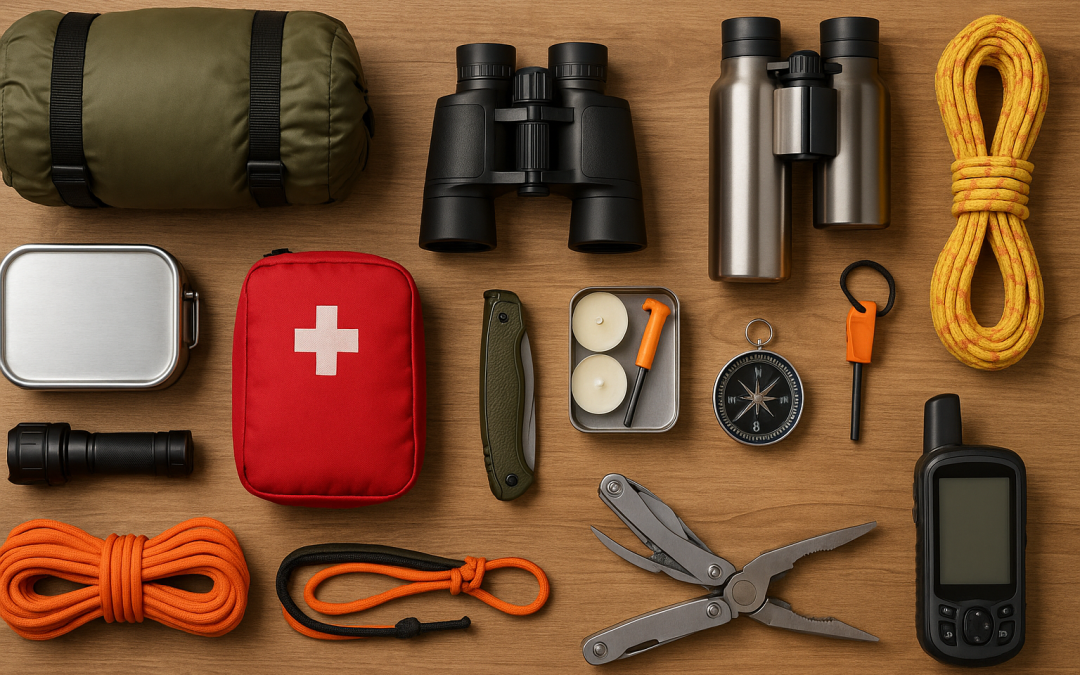A reliable multi-tool can mean the difference between thriving and merely surviving in the wilderness. This post distills key insights—covering tool essentials, design trade-offs, brand dependability, and upkeep—to help you select and care for a multi-tool tailored to survival scenarios. By understanding which components matter most, balancing weight and capability, choosing a brand with robust warranty support, and performing simple maintenance, you’ll gain confidence knowing your multi-tool is ready for any challenge.
Multi-tools combine numerous implements into a single, pocket-sized package, offering versatility when every ounce and cubic inch counts in a survival kit. They serve as compact toolboxes, enabling tasks from shelter building to gear repair, and can be lifesavers when conventional tools are unavailable. Having a dependable multi-tool not only boosts self-sufficiency but also provides peace of mind, knowing you’re prepared for unforeseen challenges.
Analysis of Essential Tools
Knives
A sharp blade is foundational: it slices tinder for fire, food, and cordage, and can carve wood for traps or shelters . Many multi-tools feature both straight and serrated edges, giving users versatility for precision cuts and more aggressive slicing (e.g., rope or fibrous materials).

Pliers
Pliers form the core of most modern multi-tools, enabling gripping, bending, and crimping of wires or small branches—a crucial function for electrical repairs or fashioning snares . High-quality pliers often include wire-cutting jaws, allowing you to strip or cut wire without needing separate tools.
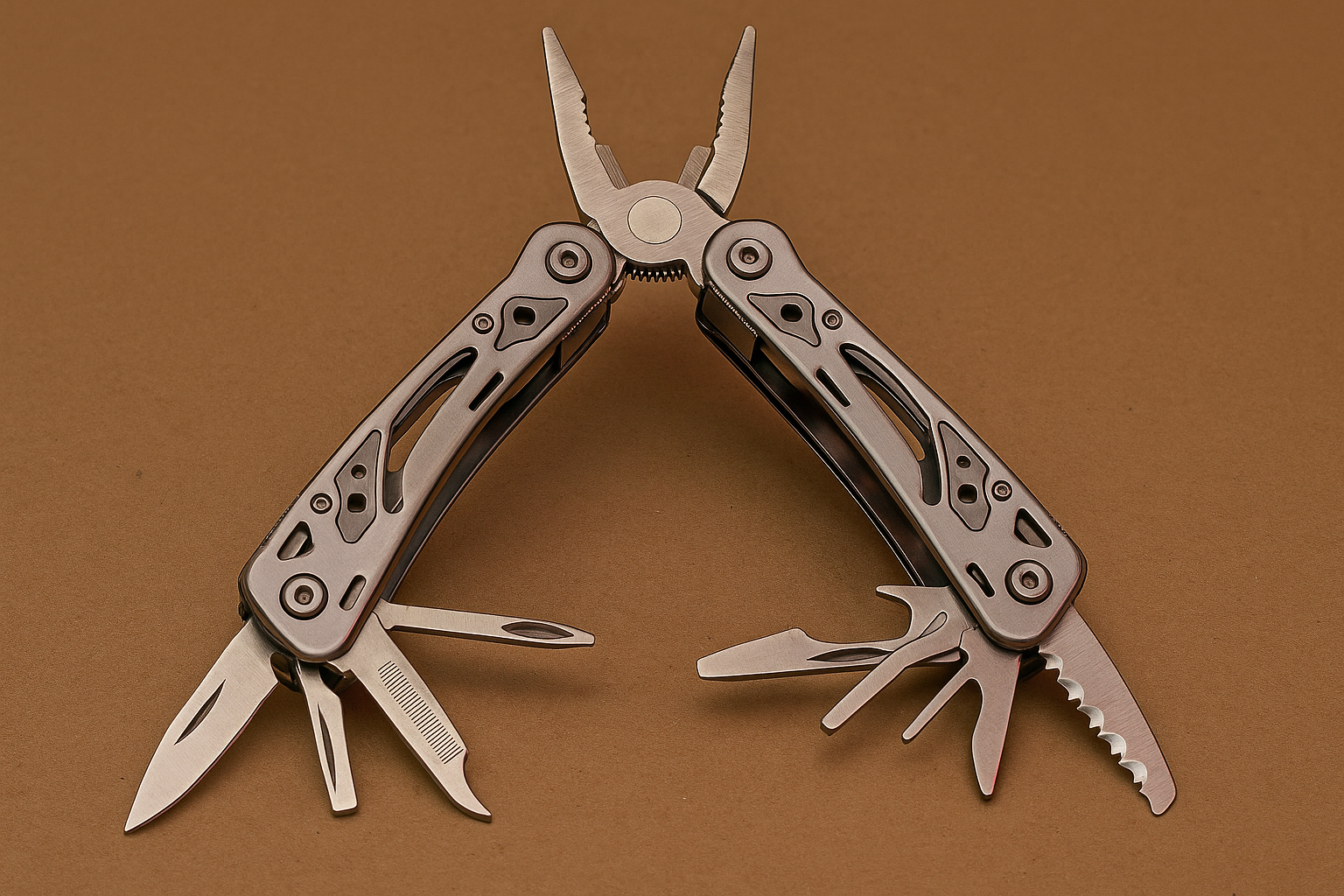
Saws
A folding saw blade excels at cutting small limbs and notches for shelter construction, and can process firewood efficiently when paired with an axe or hatchet. Though larger than knife blades, saws in multi-tools typically fold safely into the handle and extend the device’s utility into light wood-processing roles.

Weight vs. Functionality in Compact Designs
Multi-tools span a spectrum from ultra-light key-chain models under an ounce to full-size units exceeding 12 ounces.
- Lightweight models (e.g., Gerber Dime at ~1.5 oz) prioritize portability but often sacrifice cutting leverage, plier strength, or include fewer tools.
- Full-size tools (e.g., Leatherman Surge at ~12.5 oz) offer robust handles, beefier blades, and specialized implements—ideal for heavy-duty tasks—but can be cumbersome in tight pockets or as part of an ultralight pack.
When choosing, ask which functions you’ll use most: if fire prep and general repairs dominate, a lighter tool with an effective knife and pliers may suffice. For more complex tasks—like heavy-duty cutting, bolt-tightening, or mechanical repairs—a larger design yields greater leverage and durability, at the cost of extra weight.
Brand Reliability and Warranty Comparisons
Leatherman
Leatherman sets the industry benchmark with a 25-year limited warranty, covering defects in materials and workmanship for original owners, with replacement at discretion if a model is retired.
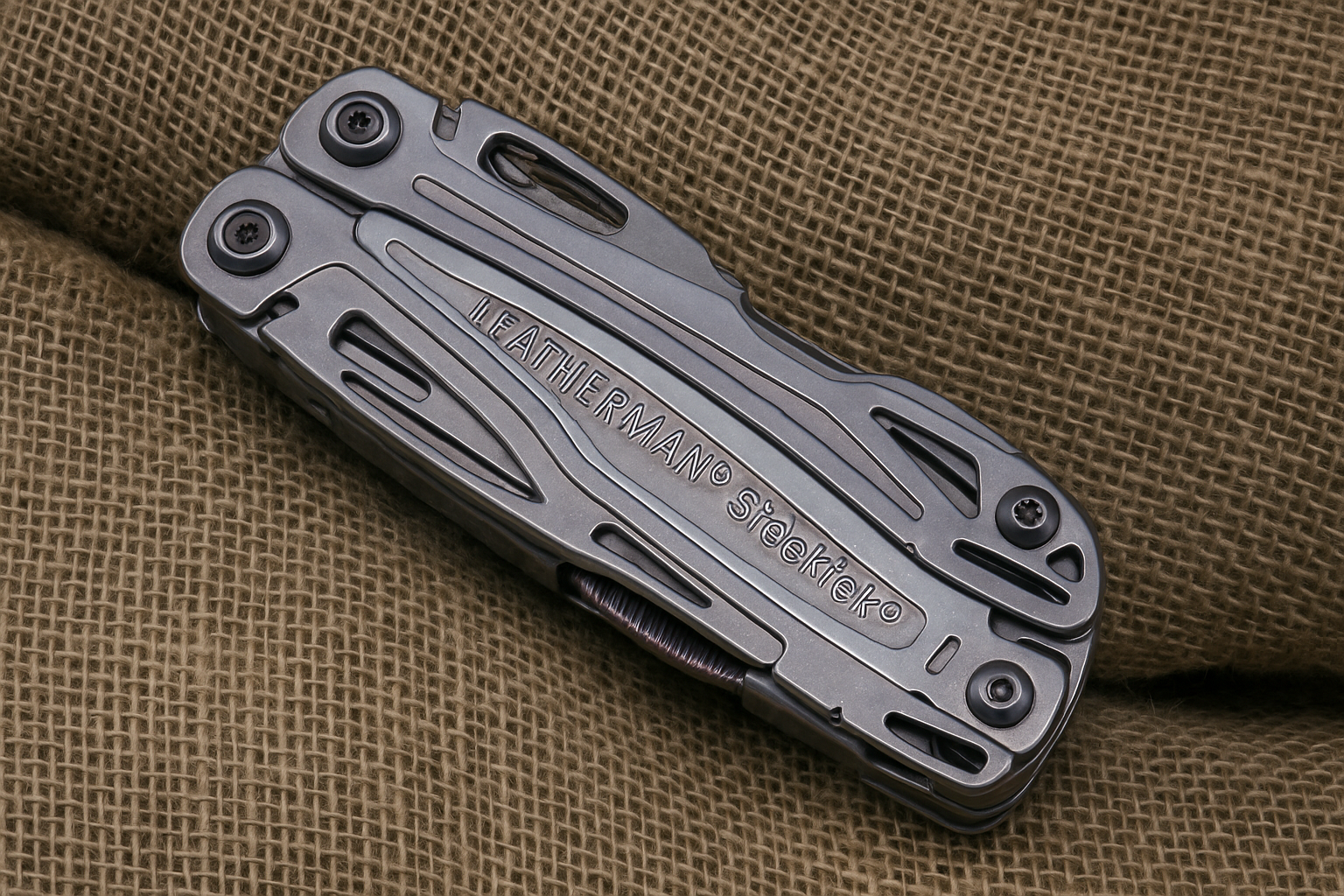
Victorinox
Victorinox backs its Swiss Army Knives—and multi-tools—with a lifetime warranty against defects in materials and workmanship (excluding electronic components and wear items), offering repair or replacement at their discretion.
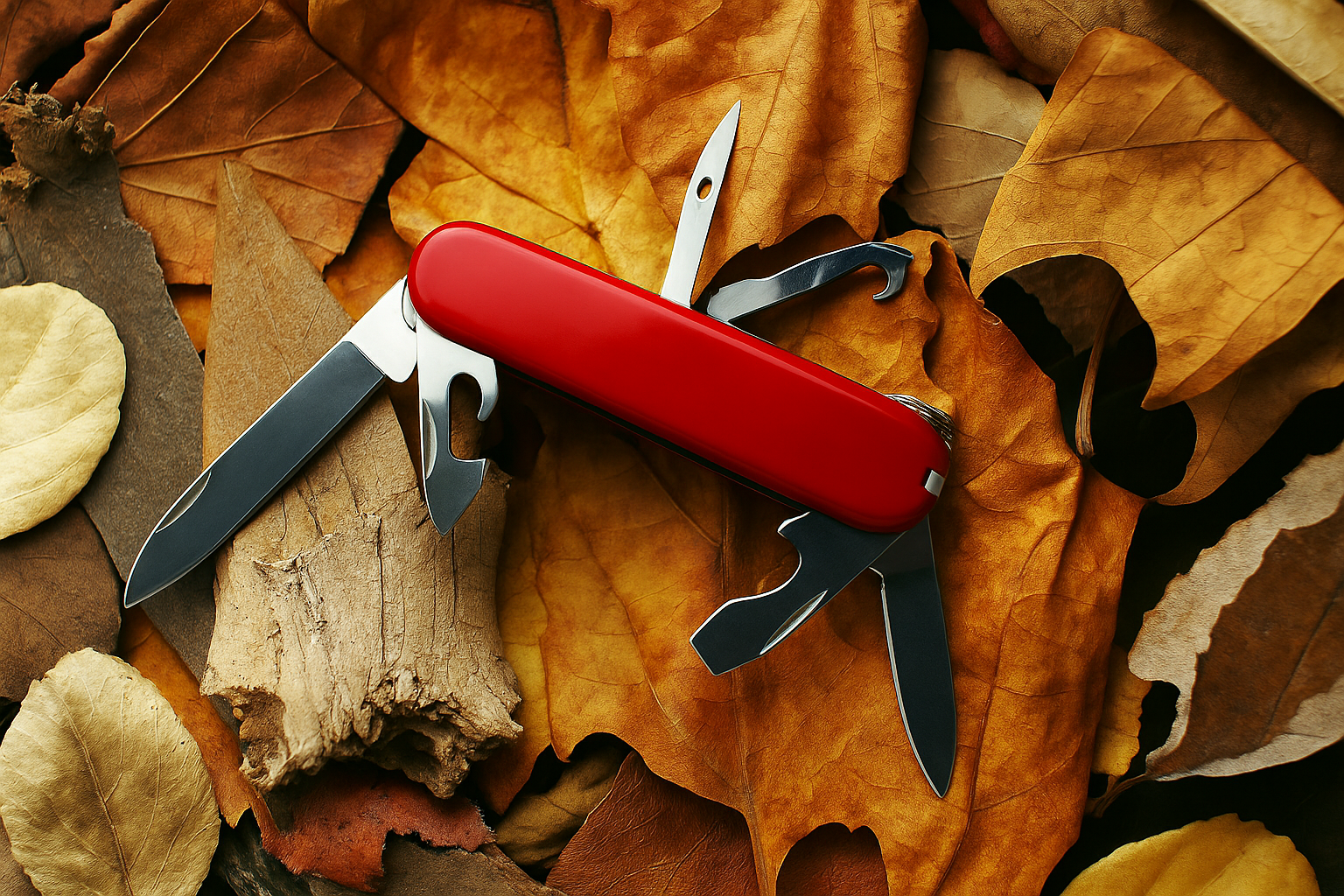
Gerber
Gerber provides a limited lifetime warranty in North America and a 25-year limited warranty internationally, covering defects in material and workmanship but excluding damage from misuse or normal wear.
Choosing a brand with a strong warranty ensures long-term support—vital for a tool you’ll depend on in critical situations.
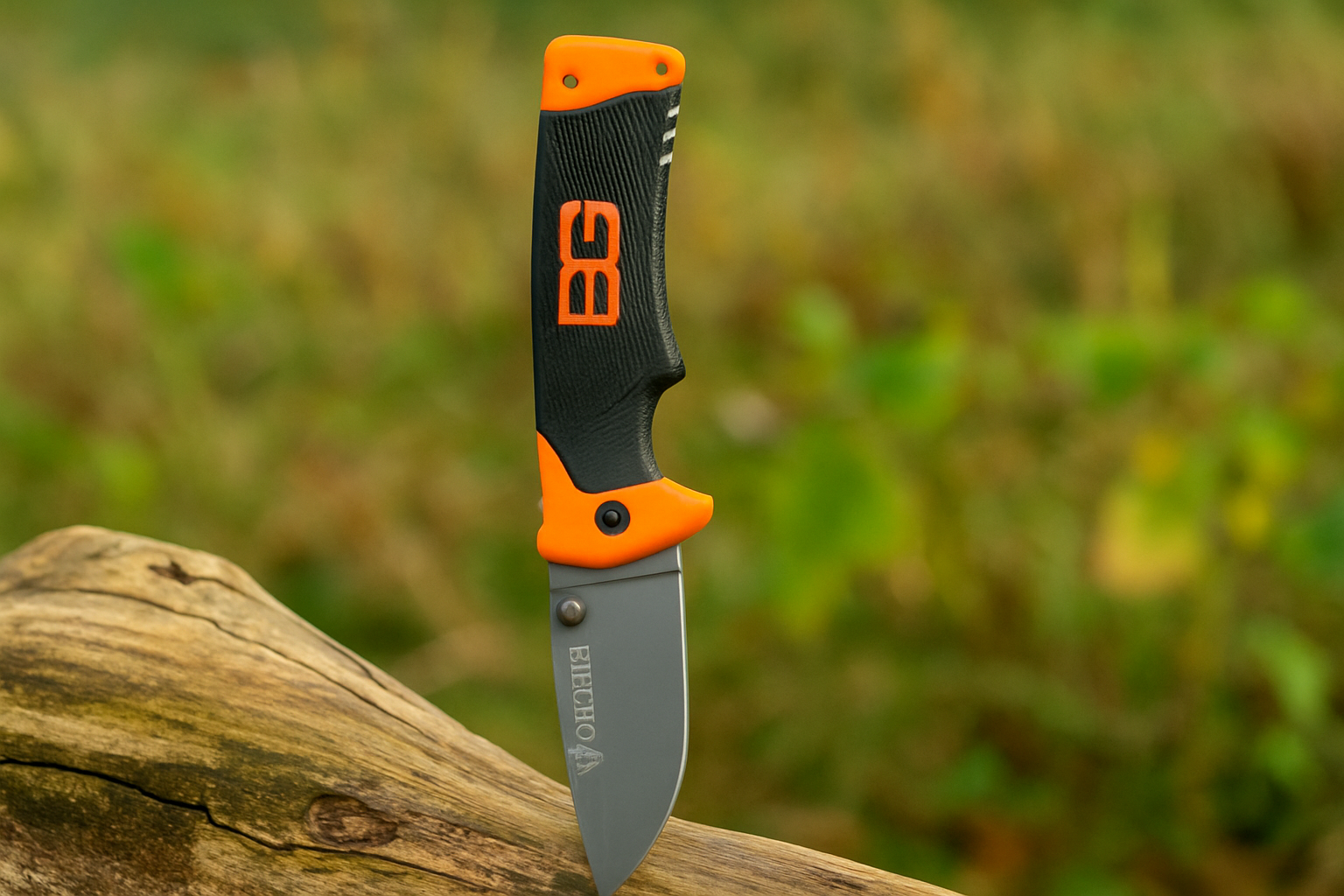
Maintenance to Prevent Rust and Mechanism Failure
Even the toughest multi-tools require care to remain operational:
- Cleaning: After use, especially in wet or salty environments, wipe tools down with a dry cloth to remove moisture and debris.
- Lubrication: Apply a drop of synthetic oil at each pivot point every few months; open and close tools to work oil into joints and prevent rust.
- Rust Removal: For surface rust, use WD-40 Specialist® Rust Remover Soak or brake cleaner to dissolve oxidized particles, then scrub with a rag or soft brush.
- Protection: Store tools in a dry place with silica-gel packs. A light coat of corrosion-inhibiting spray or gel lubrication helps seal metal surfaces against humidity.
- Sharpening: Maintain blade edges with a fine file or sharpening stone designed for stainless steel, ensuring clean cuts and reduced user effort.
Regular maintenance not only prevents rust but also preserves smooth action and extends the life of springs and mechanisms.
Conclusion
Mastering multi-tools begins with understanding which implements you’ll rely on most, balancing weight against capability, choosing a brand with a warranty you can trust, and committing to simple upkeep rituals. Whether you opt for an ultralight key-chain companion or a full-size rescue-worthy model, a well-selected and well-maintained multi-tool becomes your versatile ally in survival scenarios. Stay prepared, practice your skills, and let your multi-tool be the trusted partner that empowers you to thrive no matter where your adventures take you.

